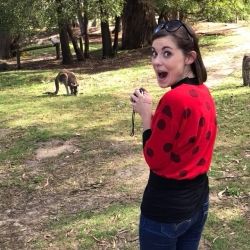Caminando por Cuzco
To culminate our first week in Peru, we took a visit to the ancient Incan capital city of Qosqo, or Cuzco, as it is more commonly known (fun fact: qosqo translates roughly from quechua as "belly button of the world"). The day was spent learning about the history of the Incas who inhabited the area and soaking up some of the city's beautiful sights.
Our day started off with a guided walking tour of important places in Cuzco appreciating the mixture of Incan and Spanish architecture and learning about how both cultures have shaped the modern-day city.
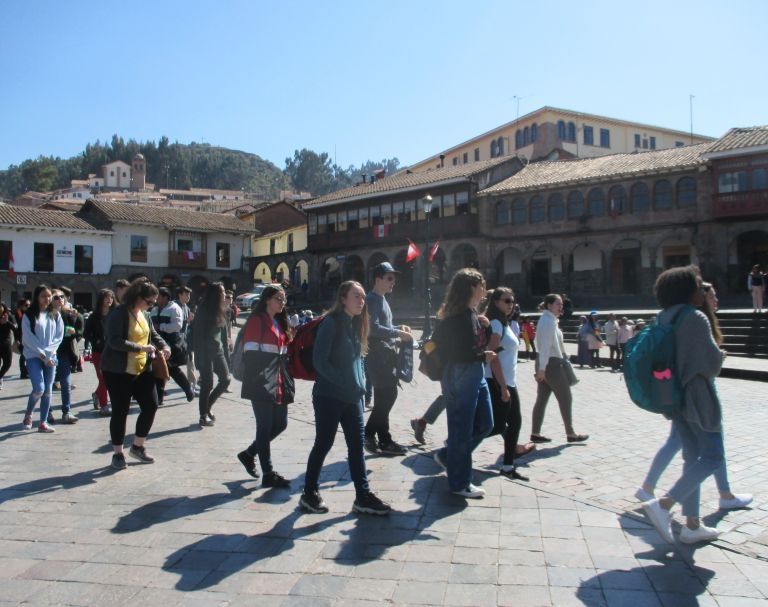
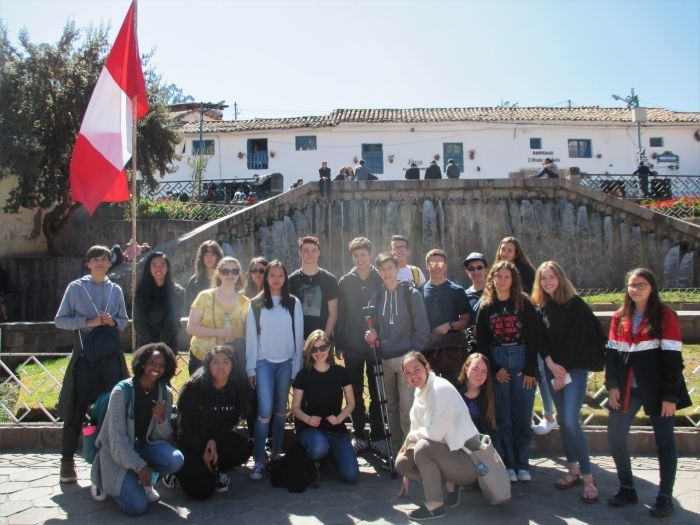
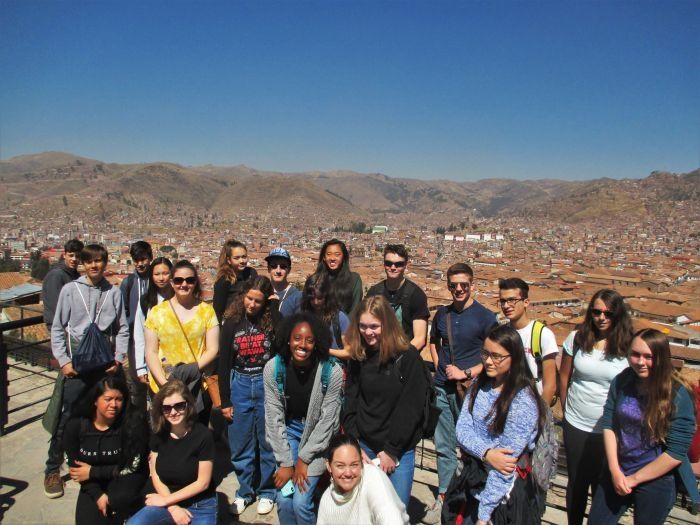
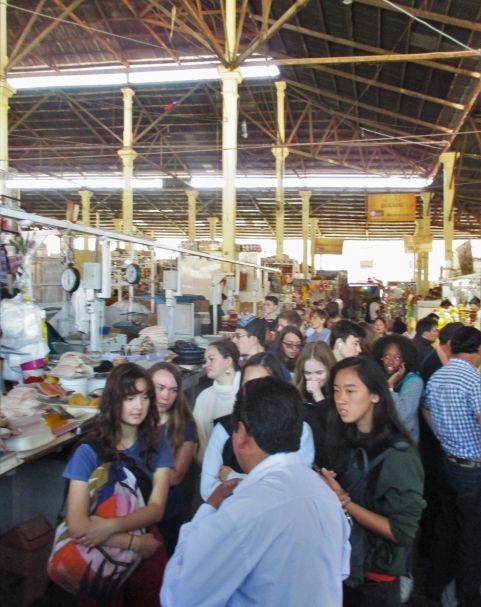
Walking at 3,400 meters above sea level (approximately 11,150 feet) is pretty tiring, so we recharged with a delicious traditional Peruvian three course lunch of salpicón de pollo, sopa, and different main plates.
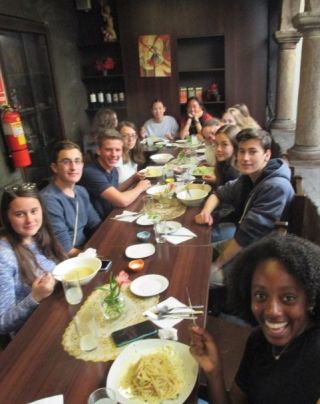
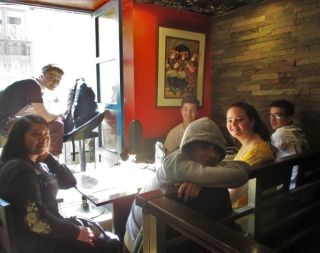
After lunch, we headed to Qorikancha (quechua for "The Golden Courtyard"), the temple of the Sun. Once the most important temple in the Incan empire, it was converted into a Dominican church and monastery after the Spanish conquest. Students were given an overview of the complex relationship between the Incas and early Spanish settlers.
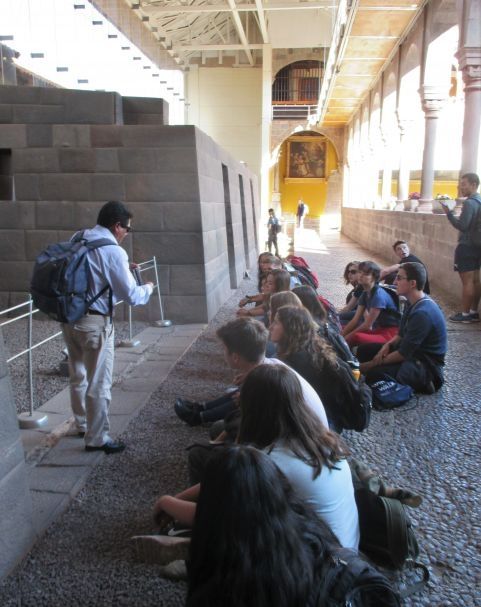
Our next stop was Saqsaywaman (in English, “place where the hawk eats its fill”). This ancient Incan fortress was the most important of several constructed around Cuzco. Students learned about construction techniques used by the ancient Incas and got some spectacular views of the city.
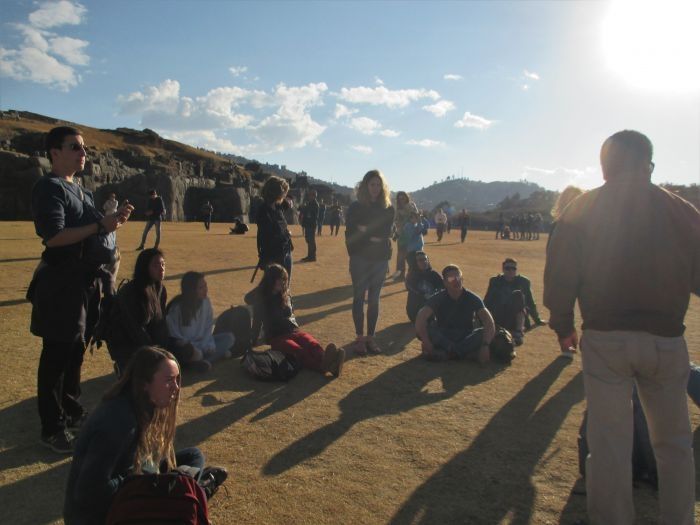
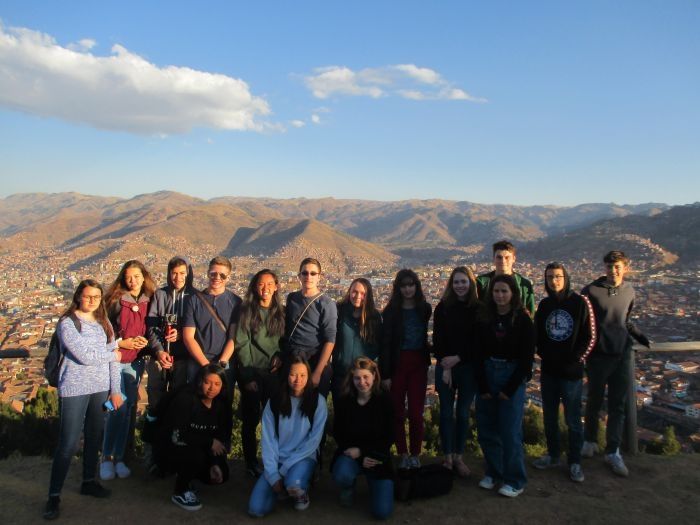
Our excursion ended with a visit to Qenqo (“labyrinth”), so named because of the labyrinth of tunnels that were once found at this site. Qenqo was a temple where it is believed that the Incas offered sacrifices and prepared bodies for mummification. Although it was almost completely destroyed by the Spanish conquistadors, we got a chance to walk through one of the remaining tunnels.
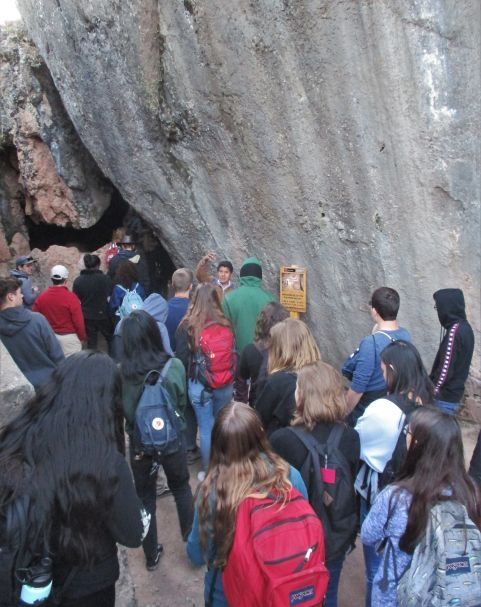
We returned to Pisac in the evening with tired feet but a much broader appreciation of the history of the region we are lucky enough to call home for this month.
Related Posts
¡Adios, Pisac!
It's hard to believe, but our month in Pisac has come to an end. Although in many ways it has flown by, we have experienced and learned so much that... keep reading
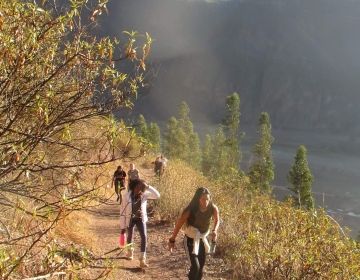
Getting to Know Huchuy Cusco
Our last weekend in Peru had to be something special, and our visit to Huchuy Qosqo ( quechua for “little Cusco”) was just that. This close-knit community about half an... keep reading
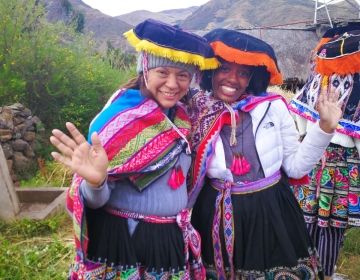
Visit to the Amaru Community
If you scroll through the photos or view some of the videos in this post, you will notice lots of color, smiles, laughter, and togetherness. However, no photos can do... keep reading
